Search
Did you mean: Trajan's Column?
Summary 
Loading AI-generated summary based on World History Encyclopedia articles ...
Search Results
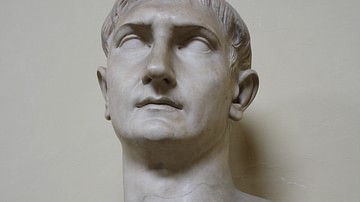
Definition
Trajan
Trajan, or Marcus Ulpius Traianus, was Roman emperor from 98 to 117 CE. Known as a benevolent ruler, his reign was noted for public projects which benefitted the populace such as improving the dilapidated road system, constructing aqueducts...
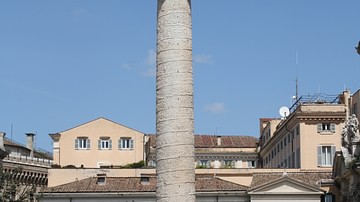
Definition
Trajan's Column
Trajan's column, erected in 113 CE, stands in Trajan's Forum in Rome and is a commemorative monument decorated with reliefs illustrating Roman emperor Trajan's two military campaigns in Dacia (modern Romania). The column was the first of...
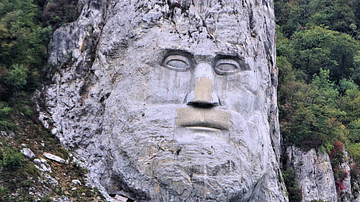
Definition
Decebalus
Decebalus (c. 87-106 CE) was the king of Dacia (roughly modern-day Romania and Moldova) who fought two wars with Rome under Trajan (in 101-102 CE and 105-106 CE) in defense of his kingdom. Trajan (r. 98-117 CE) was renewing a conflict between...
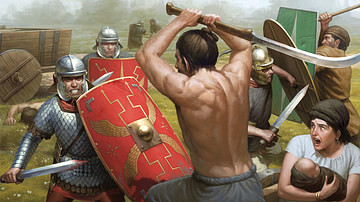
Article
Legions of the Dacian Wars
The Dacian Wars started after Decebalus (r. c. 87-106 CE) raided the Roman province of Moesia in 85 CE. Emperor Domitian's (r. 81-96 CE) Dacian campaigns in 86-87 CE reached an uneasy peace, but the conflict was renewed under the reign of...
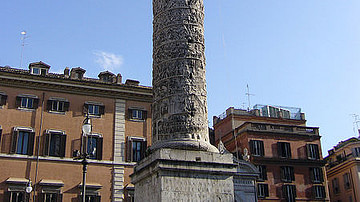
Article
The Column of Marcus Aurelius
The Column of Marcus Aurelius and Faustina which stands in Piazza Colonna in Rome is thought to have been erected by Commodus in memory of his father and mother sometime around 180 CE. The column was inspired by its more famous predecessor...
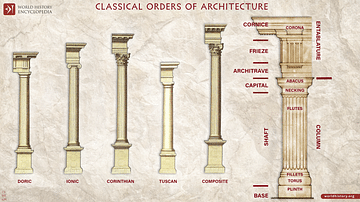
Definition
Column
The column was an architectural invention that allowed for the support of ceilings without the use of solid walls. Columns increase the space which can be spanned by a ceiling, allowing the entrance of more light. Columns also offer an alternative...
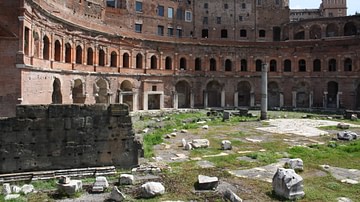
Article
Trajan's Market
Trajan's Market is the name given in the early 20th century CE to a complex of buildings in the imperial fora of Rome constructed in 107-110 CE during the reign of Trajan. The complex included a covered market, small shop fronts and a residential...
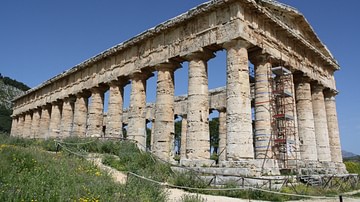
Article
Sicilian Temples (Greek Metrology)
Characteristics of Sicilian Archaic Temples The large dimensions of the components, the presence of a propteron, an adyton, and other specific elements of the plan and elevation speak for an originally very autonomous development of Sicilian...

Definition
Hadrian
Hadrian (l. 78-138 CE) was emperor of Rome (r. 117-138 CE) and is recognized as the third of the Five Good Emperors (Nerva, Trajan, Hadrian, Antoninus Pius, and Marcus Aurelius) who ruled justly. His reign marked the height of the Roman Empire...
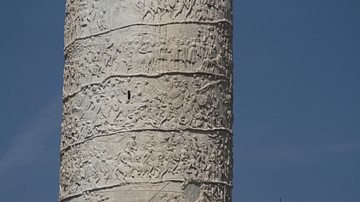
Image
Trajan's Column Detail
A detail from Trajan's Column in the Forum Romanum of Rome. Erected in 113 CE the column and its reliefs commemorate the emperor's campaigns in Dacia. The reliefs are an invaluable source of information on the Roman army and depict such military...